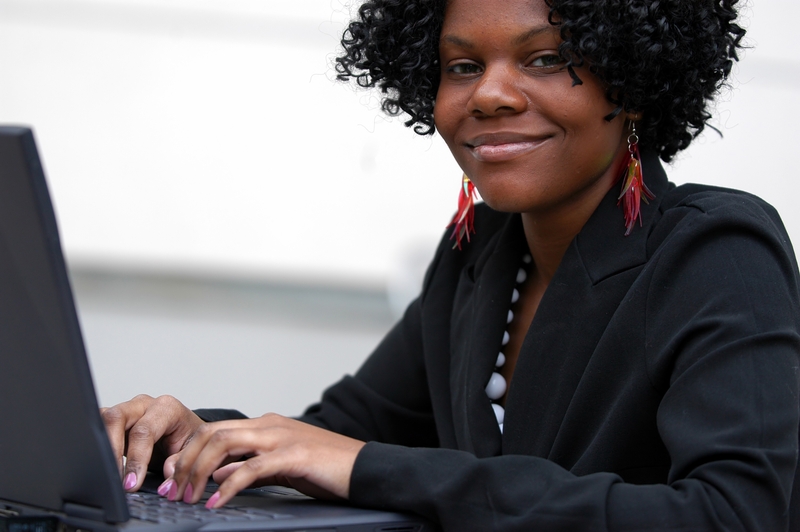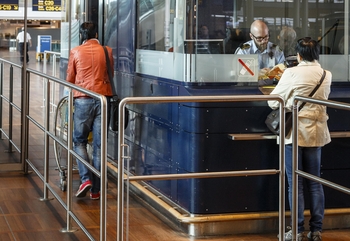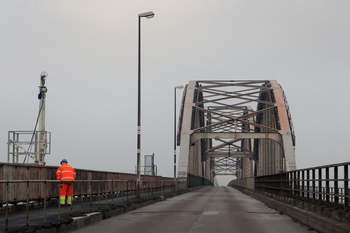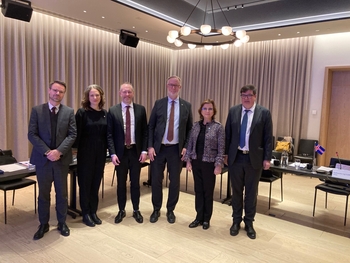New report: Refugees have the most difficulty finding a job in Denmark

The report shows that in both the long and short term, refugees living in Sweden and Norway find it easier to get a job and a higher salary than in Denmark. However, a large majority of refugees still earn less than a middle-income salary in all three countries, even after ten years. Education is proving to be a way to break this trend.
What really works?
With the arrival of refugees from Ukraine, it is once again highly relevant to understand how the Nordic countries can best ensure the access of refugees to the labour market. Sweden, Denmark, and Norway all have comprehensive integration programmes with the same overarching goal of helping refugees establish themselves in the labour market and achieve economic self-sufficiency. However, the countries differ in terms of certain goals, measures, and policies, which is why it is relevant to compare the three countries to find out what works.
The new report from the Nordic Council of Ministers and NIBR examines how the integration policies of the various Nordic countries affect refugees’ opportunities for labour market integration. The study looks at a total of 280,000 adult refugees who settled in Denmark, Norway, and Sweden between 2008 and 2019.
Self-sufficiency or employment
“It’s important to focus on the fact that people with a refugee background should be able to support themselves, not just have employment. In this regard, we can see that even if refugees in Denmark access the labour market more quickly, formal skills, such as education, are crucial in the long term,” says Nancy Herz, State Secretary at Norway’s Ministry of Labour and Social Inclusion.
Sweden has the most refugees in education, mainly at the lowest upper secondary level, and more refugees in subsidised employment than Norway and Denmark. In recent years, Norway has stepped up its focus on education, especially at lower levels. Denmark is investing in giving newly arrived refugees employment, especially by way of unpaid internships as a first step into working life.
Women remain low paid
In all three countries, fewer women with a refugee background are in employment, and they receive lower wages than men with a refugee background. Although the gender gap decreases after a few years in the country, only 15 to 20 percent of women reach a middle-income salary after ten years.
“It’s important to look at both individual and structural barriers that mean women have worse conditions than men, which means that they have a weaker connection with the labour market, for example,” says Nancy Herz, State Secretary at Norway’s Ministry of Labour and Social Inclusion.



